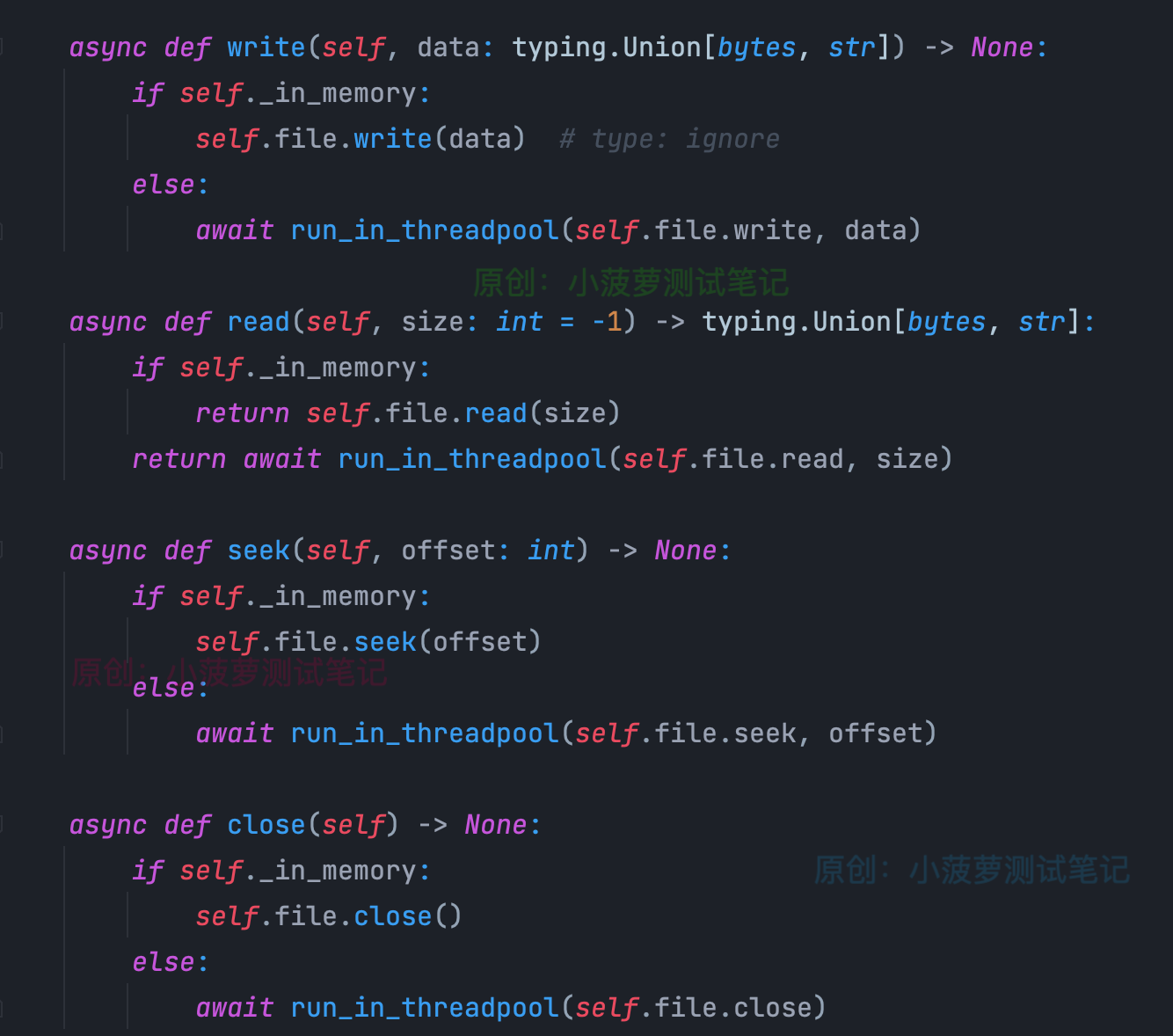背景
- 前面讲了可以自定义 Response,那么这里就讲下请求对象 Request
- 可以通过 Request 来获取一些数据
获取请求基础信息
@app.get("/base") async def get_base(*, request: Request): res = { # 客户端连接的 host "host": request.client.host, # 客户端连接的端口号 "port": request.client.port, # 请求方法 "method": request.method, # 请求路径 "base_url": request.base_url, # request headers "headers": request.headers, # request cookies "cookies": request.cookies } return res
请求结果
{ "host": "127.0.0.1", "port": 54364, "method": "GET", "base_url": { "_url": "http://127.0.0.1:8080/" }, "headers": { "host": "127.0.0.1:8080", "connection": "keep-alive", "sec-ch-ua": ""Chromium";v="94", "Google Chrome";v="94", ";Not A Brand";v="99"", "accept": "application/json", "sec-ch-ua-mobile": "?0", "user-agent": "Mozilla/5.0 (Macintosh; Intel Mac OS X 10_15_7) AppleWebKit/537.36 (KHTML, like Gecko) Chrome/94.0.4606.61 Safari/537.36", "sec-ch-ua-platform": ""macOS"", "sec-fetch-site": "same-origin", "sec-fetch-mode": "cors", "sec-fetch-dest": "empty", "referer": "http://127.0.0.1:8080/docs", "accept-encoding": "gzip, deflate, br", "accept-language": "zh-CN,zh;q=0.9,en-US;q=0.8,en;q=0.7,zh-TW;q=0.6", "cookie": "test_token=tokenABC" }, "cookies": { "test_token": "tokenABC" } }
可以看到 port 并不是 8080
request.url 对象
from fastapi import Query @app.get("/url/{item_id}") async def get_url(*, item_id: str, name: str = Query(...), request: Request): res = { # 请求 url "url": request.url, # 总的组成 "components": request.url.components, # 请求协议 "scheme": request.url.scheme, # 请求 host "hostname": request.url.hostname, # 请求端口 "url_port": request.url.port, # 请求 path "path": request.url.path, # 请求查询参数 "query": request.url.query, "fragment": request.url.fragment, "password": request.url.password } return res
请求结果
{ "url": { "_url": "http://127.0.0.1:8080/url/123?name=456", "_components": [ "http", "127.0.0.1:8080", "/url/123", "name=456", "" ] }, "components": [ "http", "127.0.0.1:8080", "/url/123", "name=456", "" ], "scheme": "http", "hostname": "127.0.0.1", "url_port": 8080, "path": "/url/123", "query": "name=456", "fragment": "", "password": null }
request.url 是一个对象(URL 类),得到的是一个字典
获取路径参数、查询参数
@app.get("/query_path/{item_id}") async def get_all(*, item_id: str, name: str = Query(...), request: Request): res = { # 获取路径参数 "path_params": request.path_params, "item_id": request.path_params.get("item_id"), # 获取查询参数 "query_params": request.query_params, "name": request.query_params["name"] } return res
请求结果
{ "path_params": { "item_id": "123" }, "item_id": "123", "query_params": { "name": "小菠萝" }, "name": "小菠萝" }
path_params、query_params返回的都是字典格式的数据
获取表单数据
@app.post("/form") async def get_form(*, username: str = Form(...), oassword: str = Form(...), request: Request): res = { # 获取表单数据 "form": await request.form() } return res
请求结果
{ "form": { "username": "name", "oassword": "***" } }
获取 Request Body
class Item(BaseModel): id: str title: str @app.post("/body") async def get_body(item: Item, request: Request): res = { # 获取 Request Body "body": await request.json(), "body_bytes": await request.body() } return res
请求结果
{ "body": { "id": "string", "title": "string" }, "body_bytes": "{ "id": "string", "title": "string" }" }
.body() 返回值类型是 bytes
获取 Request 存储的附加信息
async def dep_state(request: Request): # 给 request 存储附加数据 request.state.db = "Mysql+pymysql//username" @app.post("/state/", dependencies=[Depends(dep_state)]) async def get_state(request: Request): res = { "state": request.state, "db": request.state.db } return res
请求结果
{ "state": { "_state": { "db": "Mysql+pymysql//username" } }, "db": "Mysql+pymysql//username" }
获取文件上传信息
from fastapi import UploadFile, File, Form @app.post("/file") async def get_file(*, file: UploadFile = File(...), name: str = Form(...), request: Request): form_data = await request.form() res = { # 表单数据 "form": form_data, # 文件对象 UploadFile "file": form_data.get("file"), # 文件名 "filename": form_data.get("file").filename, # 文件类型 "content_type": form_data.get("file").content_type, # 文件内容 "file_content": await form_data.get("file").read() } return res
请求结果
{ "form": { "file": { "filename": "test.txt", "content_type": "text/plain", "file": {} }, "name": "表单name!!" }, "file": { "filename": "test.txt", "content_type": "text/plain", "file": {} }, "filename": "test.txt", "content_type": "text/plain", "file_content": "hello world" }
UploadFile 对象
- form_data.get("file") 返回的是一个 starlette.datastructures.UploadFile 对象
- filename、content_type 是对象实例属性
- .read() 是实例方法,读取文件
UploadFile 的其他异步方法
和 Python 普通的文件对象方法一样,只不过都是 async 异步的
- write
- read
- seek
- close
